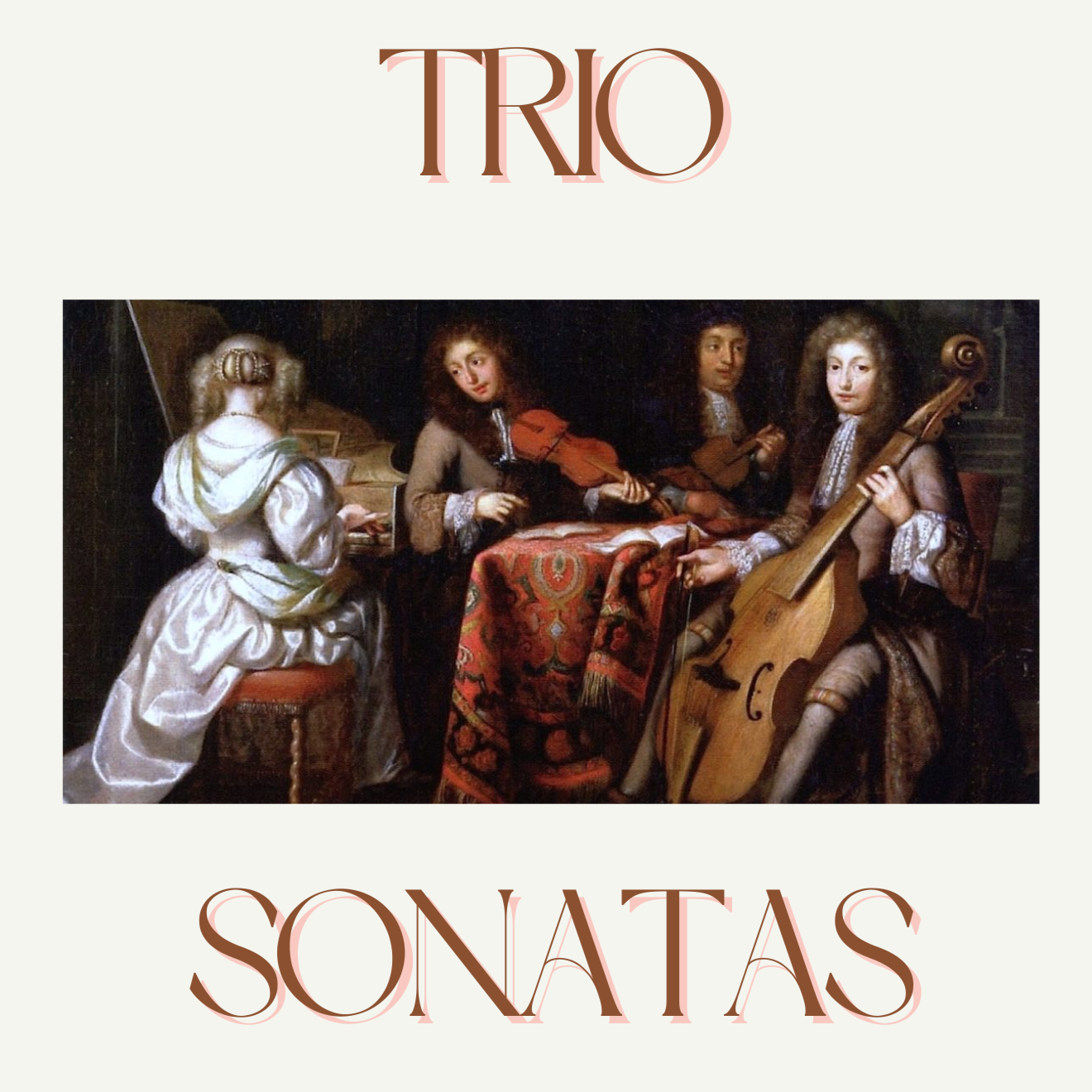Trio Sonatas are so versatile, so grab some friends and play classic music by some of the greatest composers of their day.
GF Handel: Three Trio Sonatas Op 5 for two flutes and basso continuo.
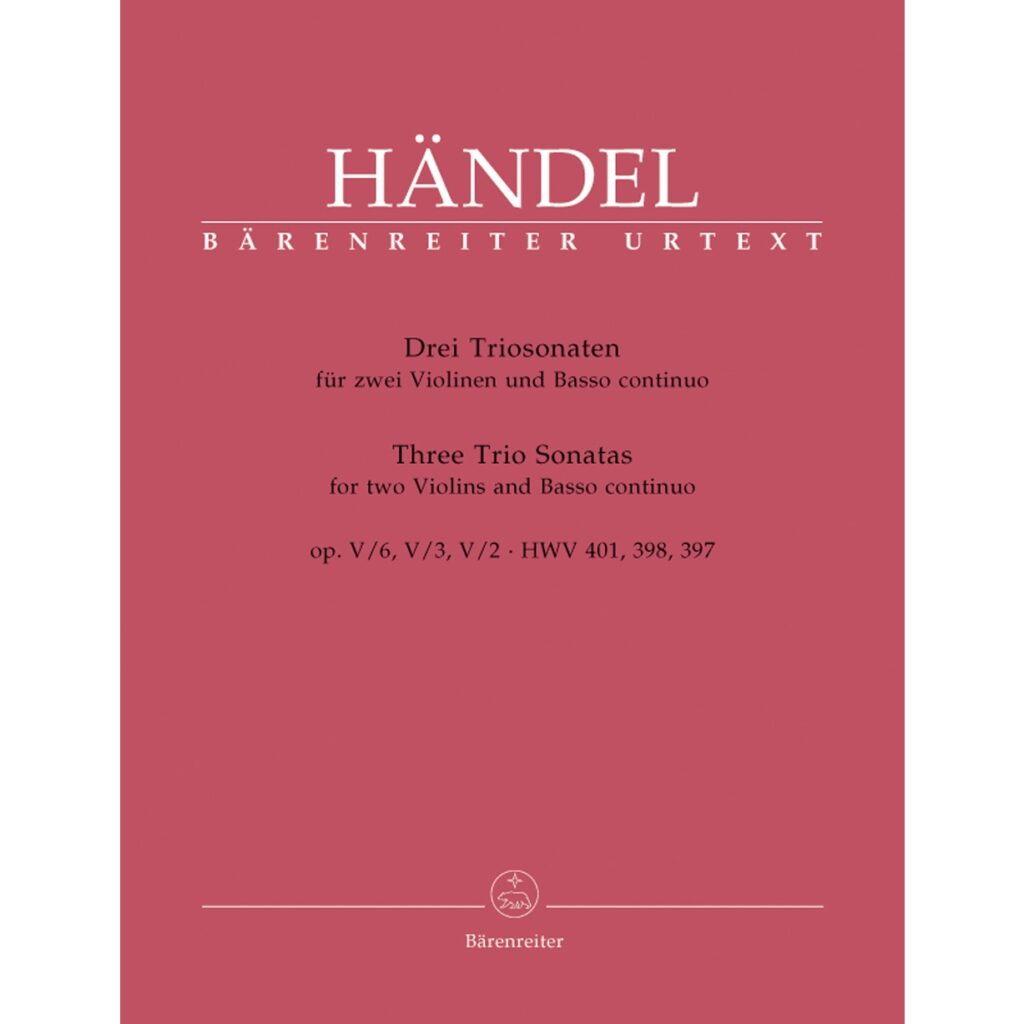
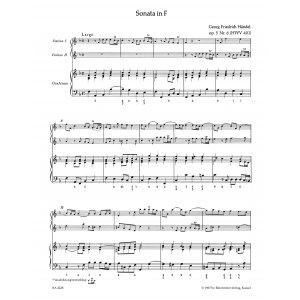
The three trio sonatas in this bumper volume are all very different with combinations and numbers of movements varying between them. The writing throughout shows all the hallmarks of a person who really understands his audience and they are a delight to play. Difficulty Guide: 7-8
JJ Quantz: Trio Sonata in C major for two flutes and basso continuo
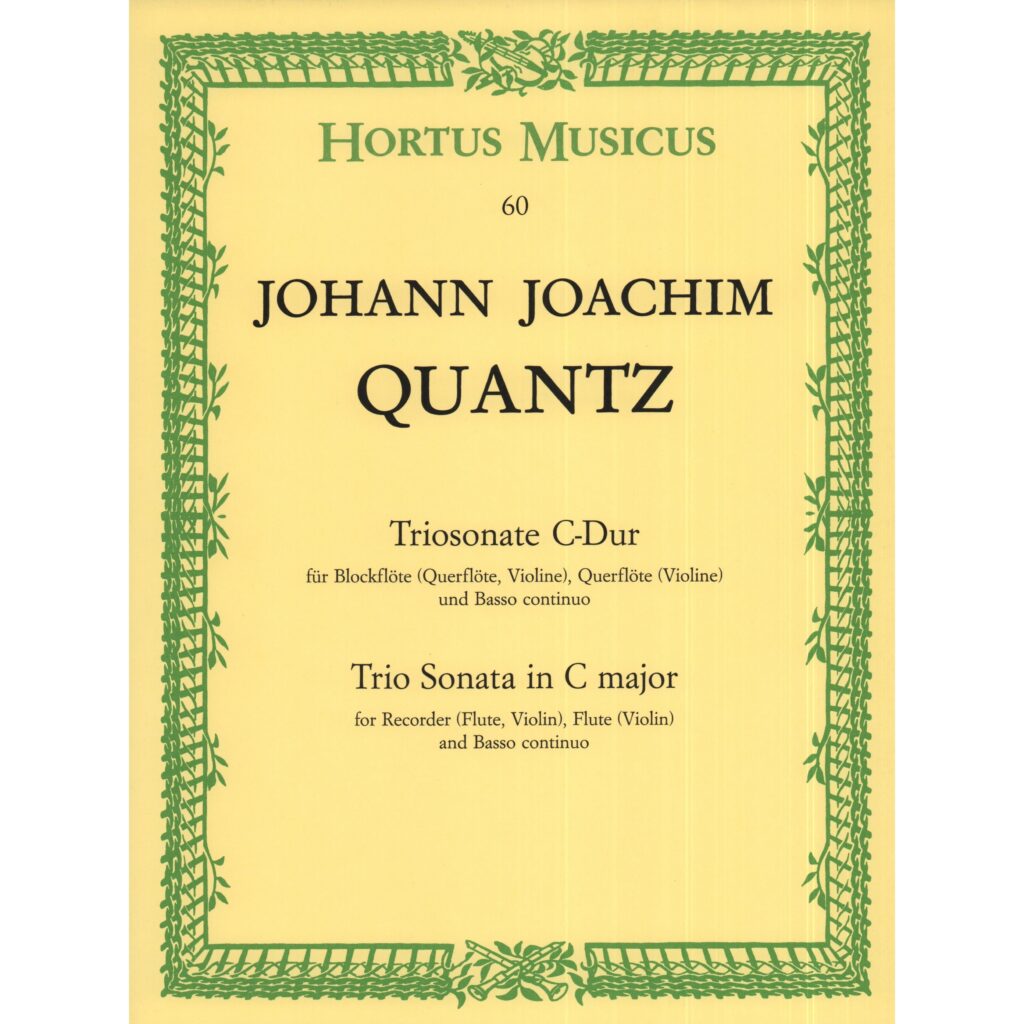
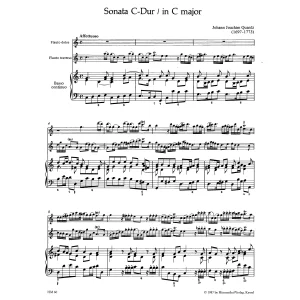
This happy trio sonata works really well in a number of instrumental combinations but it is particularly rewarding on two flutes. The opening Affetuoso is beautifully lyrical, allowing the flutes to dovetail the melody with expressive freedom. The A minor Larghetto brings a different character altogether and contrasts effectively with the two fast movements. For Quantz lovers this is a real treat. Difficulty Guide: 7-8
JA Hasse: Trio Sonata in G major for two flutes and basso continuo
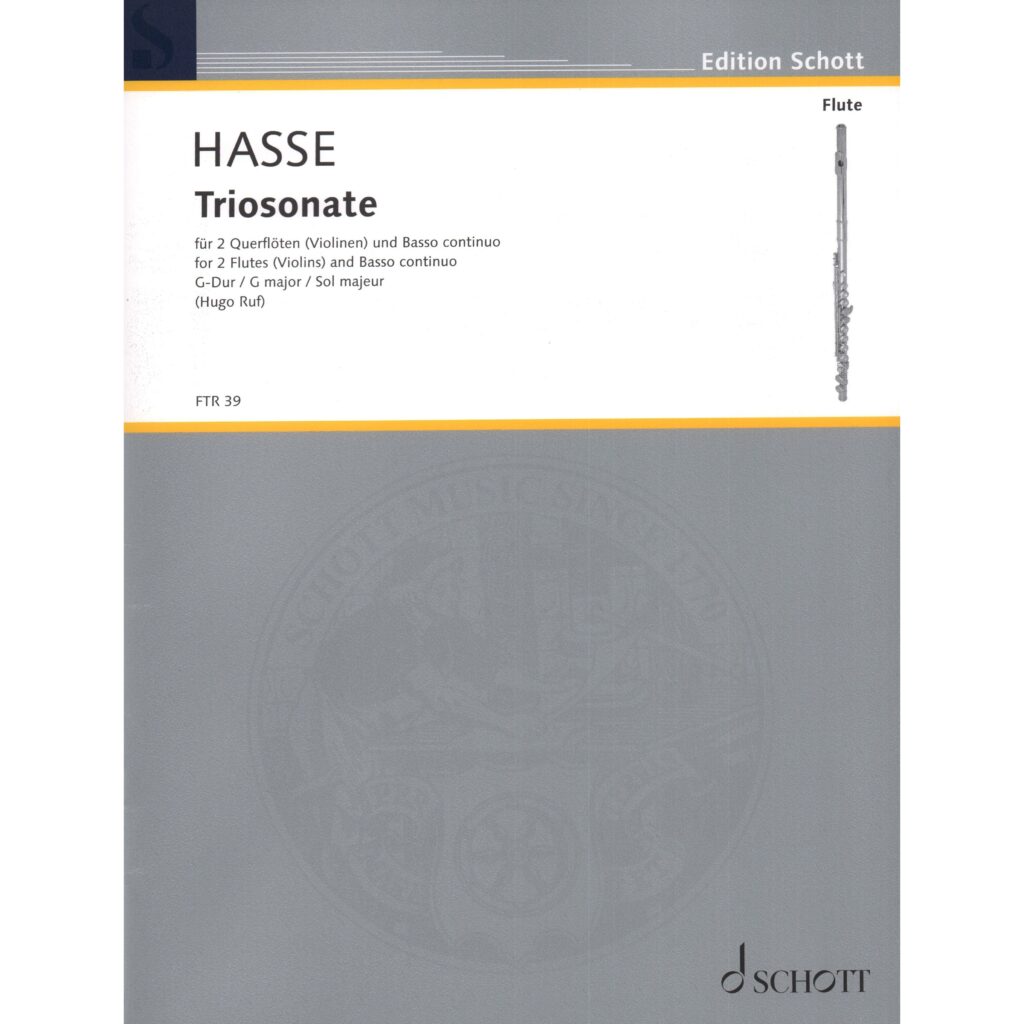
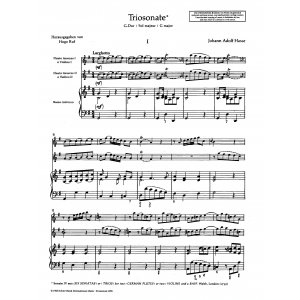
This gentle trio sonata has the most lovely opening Larghetto, which is followed by a more energetic Allegro. The second Larghetto is a minor key lilting 6/8 almost like a lullaby and the work ends with a surprisingly spritely Minuetto. Hasse’s writing is simple in structure which makes it very charming for players and audiences alike. Highly recommended. Difficulty Guide: 6-8
Antonio Vivaldi: Follia (Madness) for two flutes and basso continuo
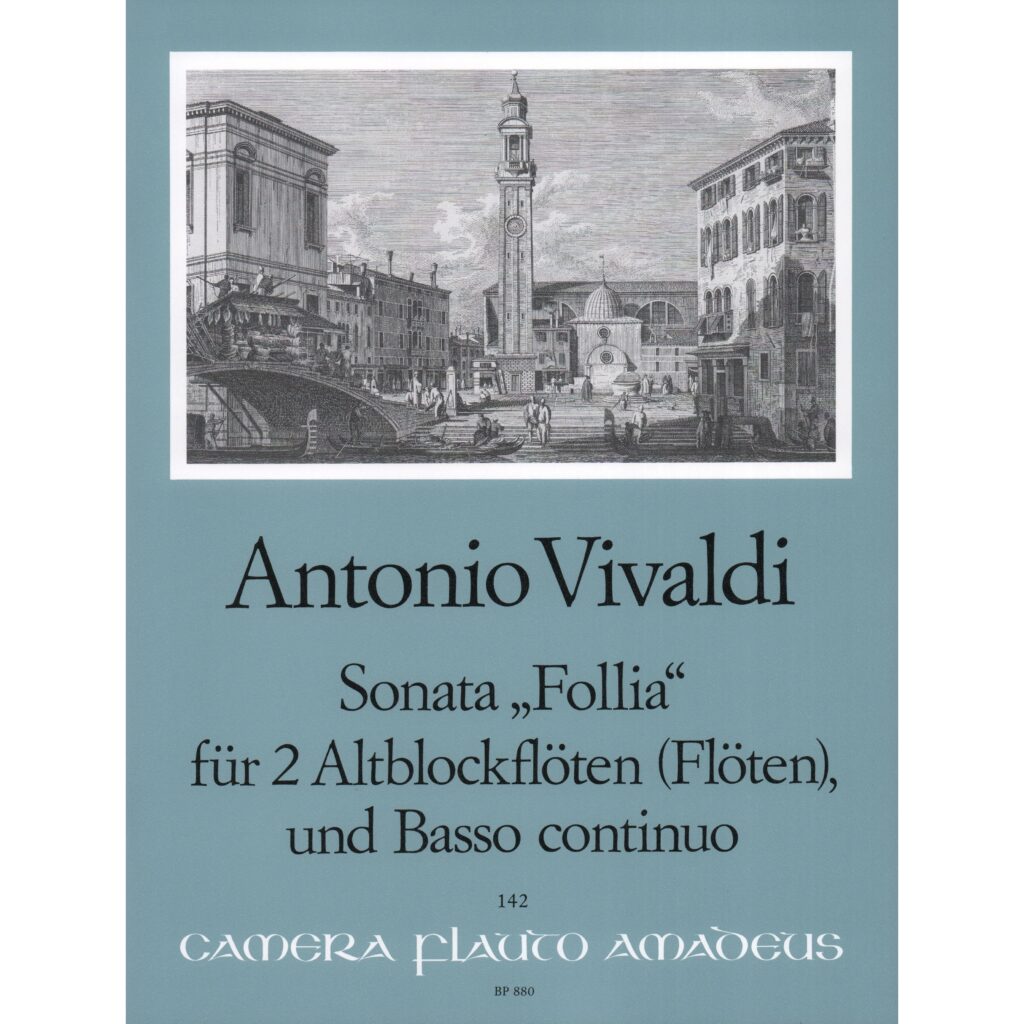
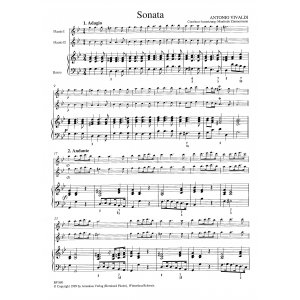
This set of twenty variations on a familiar G minor melody makes a great introduction to the wonderful world of trio sonatas. Theme and variations is a much less common form for this type of writing which makes it particularly interesting. It’s wonderful to play and a real crowd pleaser. Difficulty Guide: 6-8
WF Bach: Trio Sonata in A minor for two flutes and basso continuo
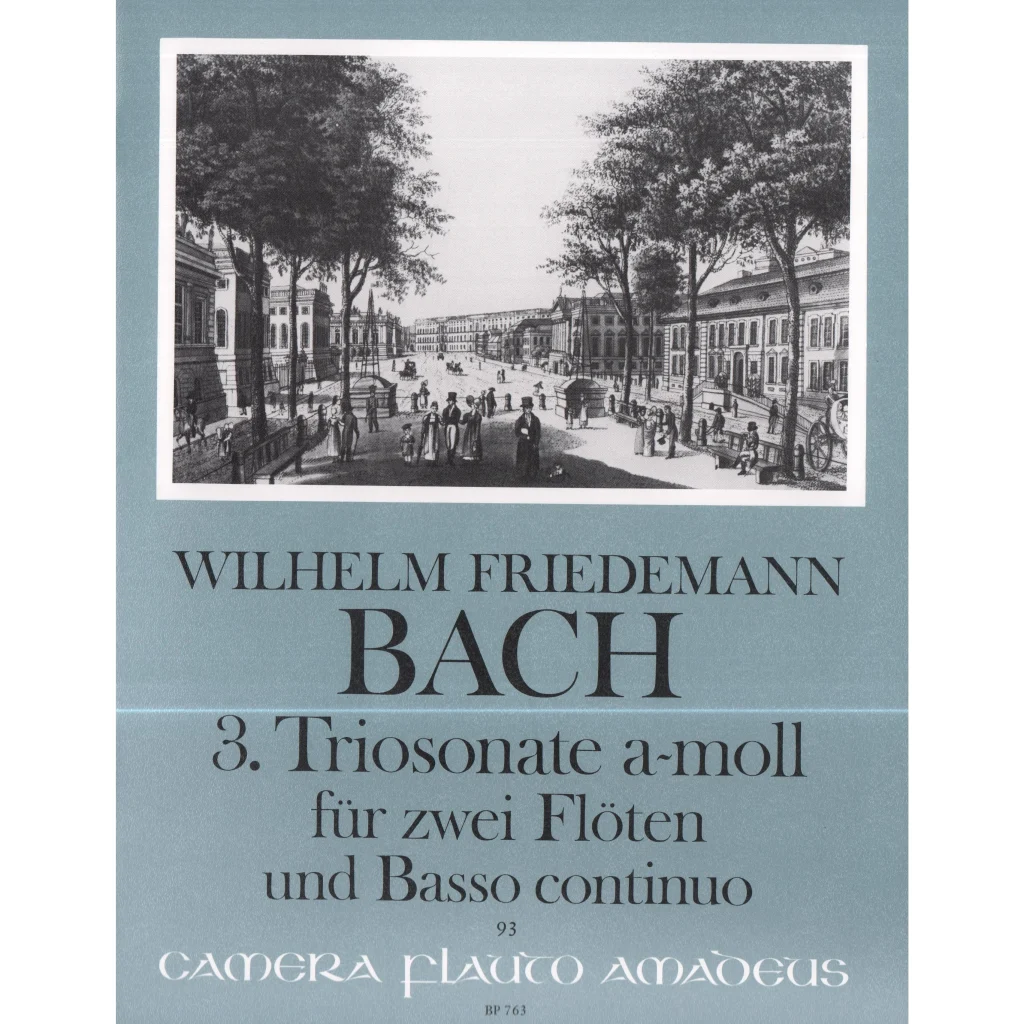
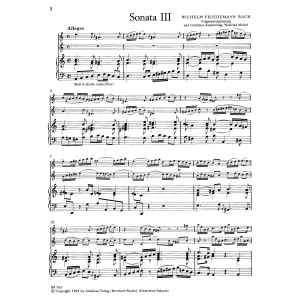
This trio sonata by WF Bach is a real treat. Despite the minor key it is full of energy with very intricate writing for all the parts. A central complex Larghetto is sandwiched between a lively and compelling Allegro and a fugal Alla breve, and there is plenty of scope for embellishing the lines to increase its impact still further should you wish. This is a sparkling piece of writing which will add an extra dimension to any chamber music recital. Difficulty Guide: 7-8

